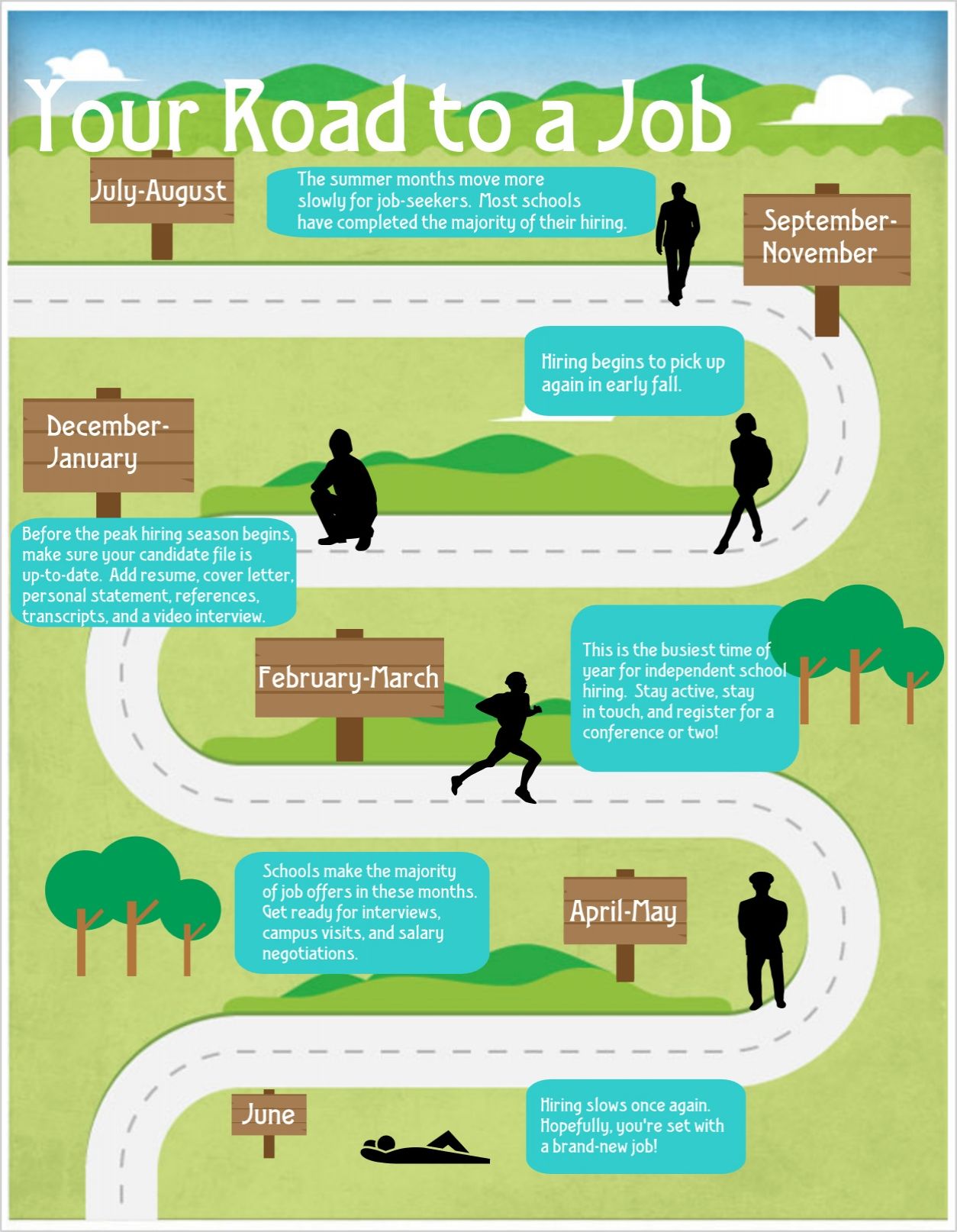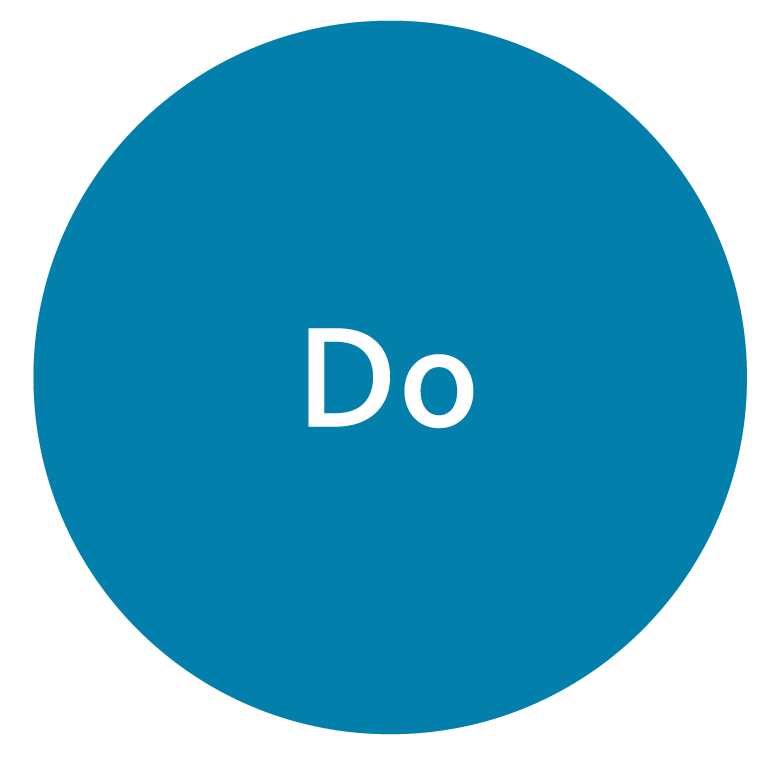Nursing Careers: Exploring the Health Science Career Cluster
Introduction: Understanding Career Clusters and Nursing
Career clusters are a framework used in education and workforce development to group related occupations and industries based on common skills and knowledge requirements. They help students and job seekers understand potential career pathways and the educational steps needed for different professions. Nursing, as a profession, falls under a specific career cluster that shapes how individuals prepare for and enter the field. This article explores where nursing belongs in the career cluster system, details the pathways available, and provides actionable guidance for those interested in nursing careers.
What Career Cluster Is Nursing In?
Nursing is part of the Health Science Career Cluster. This cluster includes careers that promote health, wellness, and diagnosis, as well as those that treat injuries and diseases. Health Science is one of the 16 nationally recognized career clusters in the United States, encompassing a wide range of health-related occupations from direct patient care to healthcare administration and research [1] [2] [3] .
Health Science Career Cluster: Overview
The Health Science Career Cluster focuses on planning, managing, and providing therapeutic services, diagnostic services, health informatics, support services, and biotechnology research and development. Nursing is categorized under therapeutic services, which is the primary pathway for direct patient care roles [2] [5] .
According to the U.S. Department of Education and various state workforce agencies, the Health Science cluster is the largest and fastest-growing industry cluster in the country. This cluster offers diverse career options, including:
- Registered Nurse (RN)
- Licensed Practical Nurse (LPN)
- Nursing Assistant
- Medical Assistant
- Health Unit Coordinator
- Nurse Educator
- Case Manager
Health Science careers are available in hospitals, clinics, public health agencies, schools, research institutions, and community organizations [2] .
Career Pathways Within Health Science: Focus on Nursing
Within the Health Science cluster, nursing most closely aligns with the Therapeutic Services pathway. This pathway includes roles that directly impact patient care, such as nurses, physicians, therapists, and allied health professionals. The pathway emphasizes clinical skills, patient interaction, and the promotion of recovery and wellness. Nursing also interacts with other pathways, such as Health Informatics (for nurse informaticists), Support Services (for nurse administrators), and Biotechnology Research (for nurse researchers).
Other pathways in the Health Science cluster include:
- Diagnostics: Laboratory and imaging professionals who help diagnose illnesses.
- Health Informatics: Medical records, health IT, and administrative roles.
- Support Services: Facility management, health unit coordinators, and other support staff.
- Biotechnology Research & Development: Researchers and developers of medical technology and treatments.
Registered Nurses (RNs), Licensed Practical Nurses (LPNs), and Nursing Assistants all fall under therapeutic services, working directly with patients to address their health needs [2] [3] .
Education and Training Pathways Into Nursing
Entry into nursing careers requires completion of educational and training programs specific to the level of nursing you wish to pursue. Common steps include:
- Certified Nursing Assistant (CNA): Typically requires a state-approved training program and passing a certification exam. These programs are often available through community colleges, vocational schools, or healthcare employers. To find approved programs, search for “CNA training” and check with your state’s department of health.
- Licensed Practical Nurse (LPN): Requires completion of a state-approved practical nursing program (usually 1 year) and passing the NCLEX-PN exam. Accredited programs can be found via the National League for Nursing or your local community college.
- Registered Nurse (RN): Requires either an Associate Degree in Nursing (ADN, 2 years), a Bachelor of Science in Nursing (BSN, 4 years), or completion of diploma programs. All RNs must pass the NCLEX-RN licensing exam. For accredited programs, visit the American Association of Colleges of Nursing or search “state board of nursing approved RN programs.”
- Advanced Practice Registered Nurse (APRN): Requires a master’s or doctoral degree and additional certification. Programs are available at universities and through professional nursing organizations.
Many states offer dual enrollment and articulation agreements that allow students to transfer credits from secondary CTE programs directly into postsecondary nursing programs, shortening the time to credential completion [2] [4] .
How to Access Nursing Career Opportunities
Nursing jobs are widely available in public and private healthcare settings. To access these opportunities:
- Education: Begin by researching accredited nursing programs in your state. Use official state board of nursing websites or recognized organizations like the American Nurses Association for up-to-date program lists.
- Certification: After completing your education, register for the relevant licensing exams (CNA, LPN, RN, etc.). State health departments and testing agencies provide exam dates and application instructions.
- Employment: Search for nursing positions using reputable job boards such as the American Hospital Association, your state’s department of health, or trusted healthcare job sites. Hospitals, clinics, long-term care facilities, and schools routinely post openings for nurses at all levels.
- Professional Development: Join local or national nursing associations for networking, continuing education, and job resources. These organizations often host career fairs, webinars, and mentorship opportunities.
If you need further guidance, you can contact your local community college advising office or visit your state’s official workforce development portal for career counseling and resume help. For federal resources, visit the U.S. Department of Labor’s CareerOneStop and search “nursing careers.”
Real-World Examples and Case Studies
Consider the following examples of how individuals enter nursing through the Health Science cluster:
Case Study 1: High School to CNA Maria enrolled in her high school’s Health Science CTE pathway, completed a dual enrollment CNA program, and passed her certification exam. She now works as a nursing assistant in a local hospital while pursuing her LPN credential.
Case Study 2: College Transfer to RN James completed his prerequisites at a community college, transferred credits to a BSN program at a university, and became a Registered Nurse after passing the NCLEX-RN. He is now specializing in pediatric nursing.

Source: trainingmag.com
Case Study 3: Career Advancement Angela started as an LPN in a long-term care facility, then returned to school for her BSN through an online program. She is now an RN supervisor, overseeing patient care teams.
Potential Challenges and Solutions
Challenge: Navigating complex education requirements and program options. Solution: Consult with academic advisors, use state board of nursing resources, and explore dual enrollment opportunities to streamline your education.
Challenge: Financing your nursing education. Solution: Many community colleges and universities offer financial aid. You can apply for federal student aid through the official FAFSA website. Additionally, nursing associations and hospitals may provide scholarships and tuition reimbursement programs; check with your prospective employer or organization for details.
Challenge: Balancing work and study. Solution: Consider flexible program formats such as online courses, evening classes, or accelerated tracks. Many schools accommodate working adults.
Alternative Approaches and Career Flexibility
Nursing offers flexibility in career entry and advancement. Some alternative approaches include:

Source: storage.googleapis.com
- Starting as a CNA or LPN and advancing through bridge programs to RN or BSN.
- Entering specialty fields such as nurse informatics, case management, or public health nursing.
- Pursuing advanced degrees for roles in administration, education, or research.
- Exploring travel nursing or agency nursing for expanded work opportunities.
Individuals may also transition into related Health Science cluster careers, such as medical assisting, health informatics, or allied health professions, using their nursing background as a foundation.
Key Takeaways and Next Steps
Nursing is firmly established within the Health Science Career Cluster, specifically the therapeutic services pathway. This cluster offers multiple entry points, educational pathways, and career advancement opportunities. To begin or advance your nursing career, identify accredited programs, pursue required certifications, and engage with professional organizations for support and networking. Utilize state and federal workforce resources, and seek guidance from academic and career advisors to maximize your success in the nursing field.
References
- [1] CareerTech.org (2025). Healthcare & Human Services Career Clusters Overview.
- [2] OSPI Washington (2023). Health Science Career Cluster and Pathways.
- [3] BLS (2015). Clusters, pathways, and BLS: Connecting career information.
- [4] Florida DOE (2023). Career Clusters Pathway for Nursing Assistants.
- [5] Ohio Means Jobs (2024). Health Science Career Pathway.
MORE FROM grabjobtoday.com













